Picking up the challenge are his twin sons, Mark and Nik.
The third generation of wine producers at Istenič started getting involved during the Covid pandemic. While travelling was banned, they started “playing around” with the wine. Cuvée Natura is the result.
I met the duo at the Vinart wine fair in Zagreb, where they told me about their pet project and the quest for no-added sulphite sparkling wines.
“We had a lot of time on our hands,” Mark recalls of the time spent at home in Bizeljsko, tucked away in the southeast of Slovenia, during Covid. They used the time wisely – “developing and improving the quality of our sparkling wines”.
They first tried to make a sulphur-free extra brut but, Mark says, “the little bit of sugar was a bit naughty”. It caused problems in a few bottles. “After that we decided to lower the sugar content so any bacteria or any organism doesn’t have the energy or food source to be active.”
They also tried to ferment the base wine with indigenous yeasts but have opted for “the safe option for now” – commercial yeasts from Champagne.
Cuvée Natura 2020 (€30) is a blend of 80% Chardonnay and 20% Rumeni Plavec, which is indigenous to the region around this part of the Slovenia-Croatia border (in Croatia it’s called Plavac Žuti). When they started Cuvée Natura in 2019, they used 100% Chardonnay but Mark says the local grape Rumeni Plavec “is a great variety to incorporate in this sparkling wine because it adds a lot of freshness and acidity – and that acidity prevents anything developing”.
Rumeni Plavec is also Istenič’s signature variety: “our trademark,” according to Mark.
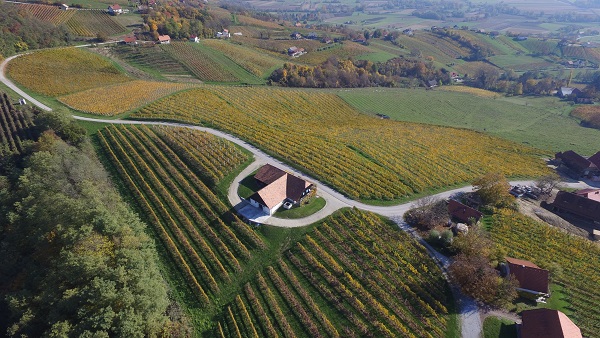
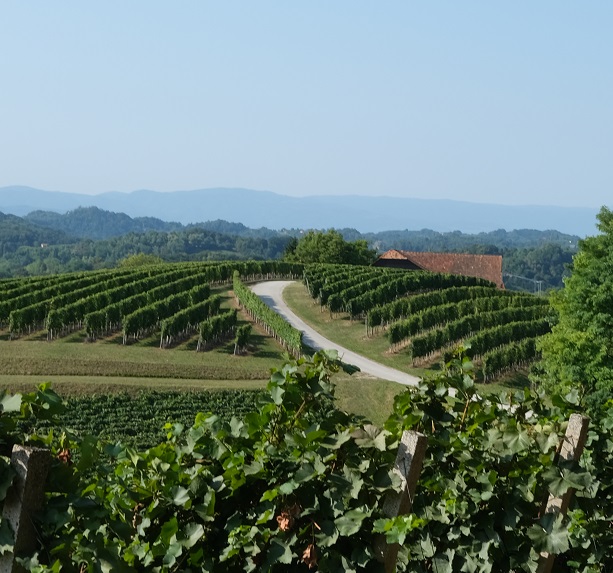
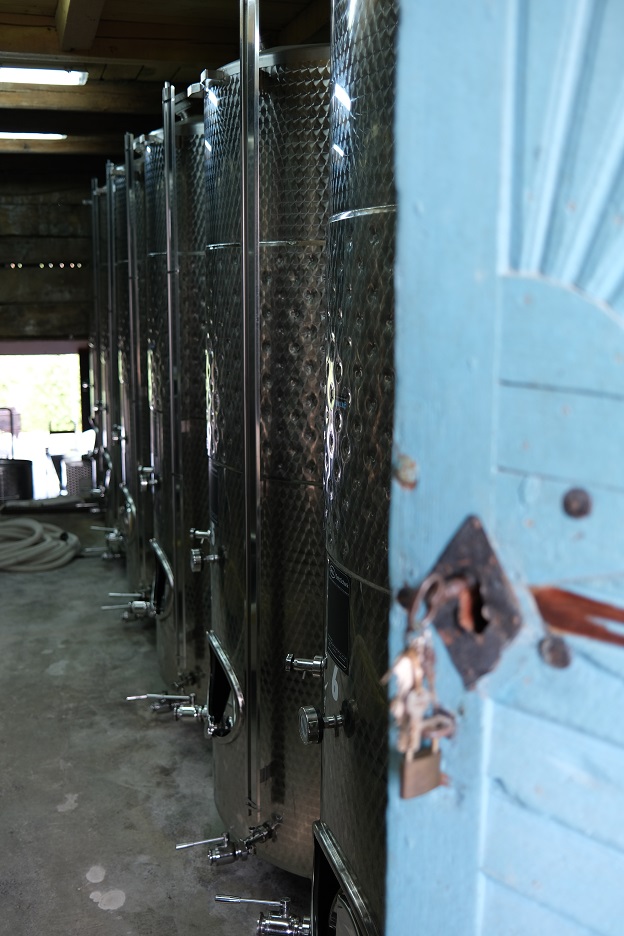
When the handpicked grapes come into the winery, the whole bunches are dosed with citric acid to prevent oxidation as they journey to the pneumatic press for a gentle squeeze, extracting “only high-quality juice”.
The juice from both varieties is clarified through flotation, then sent into separate stainless-steel tanks and inoculated with Champagne yeasts, fermenting at 13-14°C.
The resulting base wine is racked to clean tanks for long-ageing at very low temperatures. “We want to see how it develops; we want to make sure the base wine is suitable for the second fermentation in the bottle. So, for this wine, we only use the best of the best.”
The two varieties are blended to produce a rich, fruit-focused wine with plenty of depth and length.
One of the keys to producing a no-added-sulphur sparkling wine is “jetting” during disgorgement. This involves a very thin jet of wine being squirted into the neck of the bottle in order to make the wine foam. As it rises, the foam acts like a piston that forces out the air present in the bottle’s neck. The Institut Oenologique de Champagne says that when this is done just before final corking, it has measured levels of dissolved oxygen of only 0.2ppm.
Mark describes jetting this way: “When we put the sparkling wines on the (bottling) line, we incorporate a small drop of sparkling wine that starts a reaction in the wine. While the bubbling is happening, it pushes all the air out of the bottle and what’s left is just an empty space with no air and, in that moment, we put the cork in. It prevents any oxygen being inside the bottle.”
The main downside to no SO2, according to Mark (below, right), is that the wine has a shorter shelf life. How much shorter, only time will tell. As the wine requires super-healthy bunches, it is only made in the best vintages.
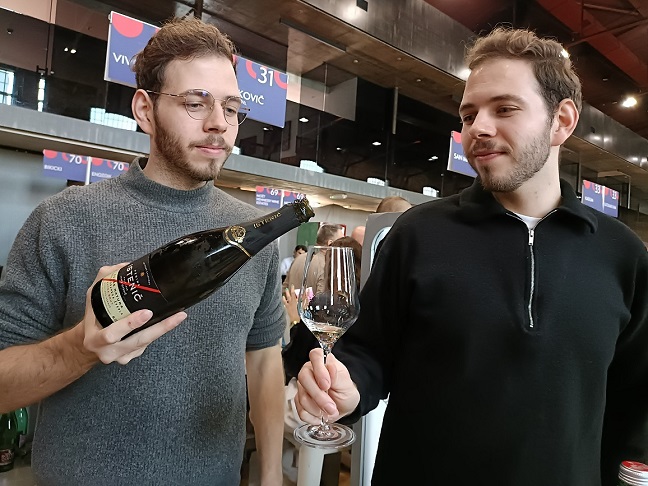
The twins are hoping, one day though, that a no-added-sulphur wine will carry their names.
The Istenič family has a history of naming its wines in honour of family members.
- No.1 – a blend of Chardonnay, Rumeni Plavec and Pinot Noir, matured on lees for three years – is a tribute to Janez Istenič, who founded the winery in 1968 after a successful career as a football goalkeeper. It was the first private entity in Yugoslavia to start producing sparkling wine using the traditional method.
- As his daughter Barbara was born during that first harvest in 1968, her name adorns the blend of Welschriesling, Chardonnay, and Rumeni Plavec. This more basic sparkling wine matures on the lees for at least 18 months.
- Miha is a demi-sec red sparkling wine, which spends at least two years on lees.
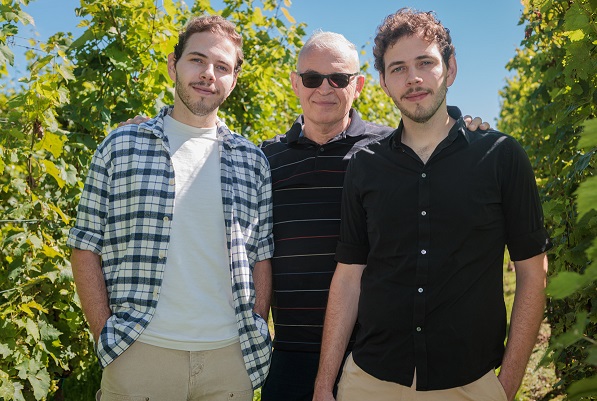













.png)






